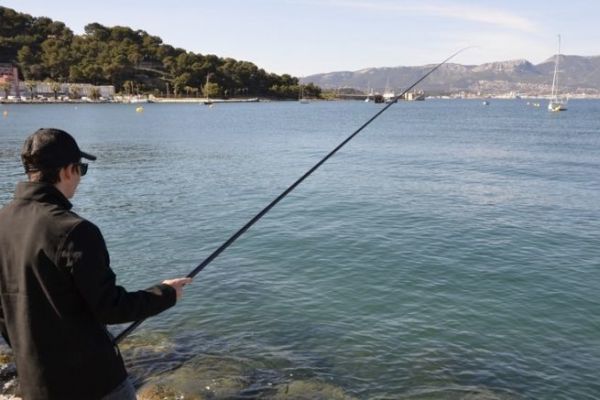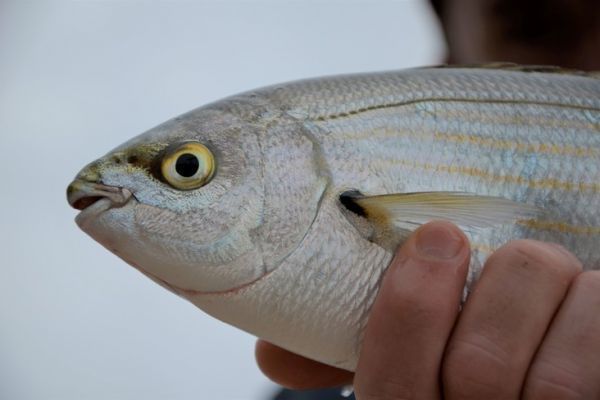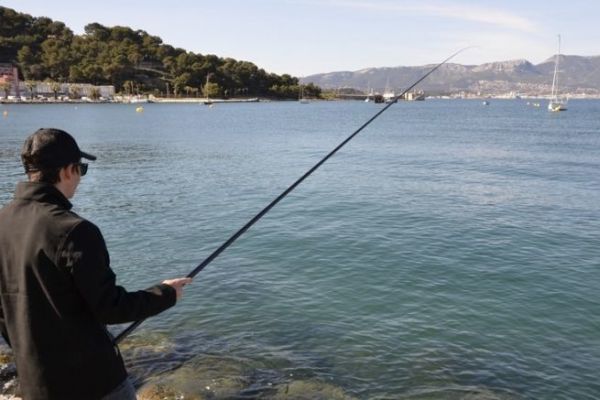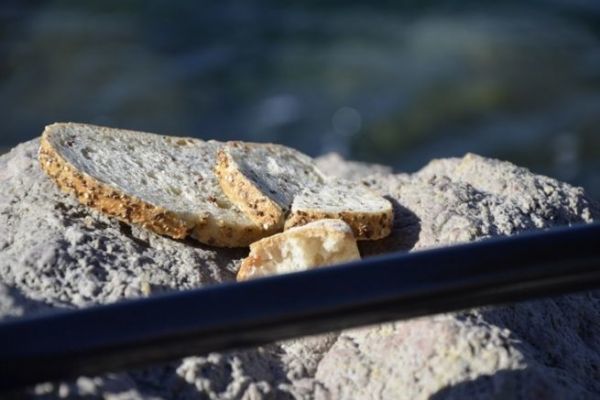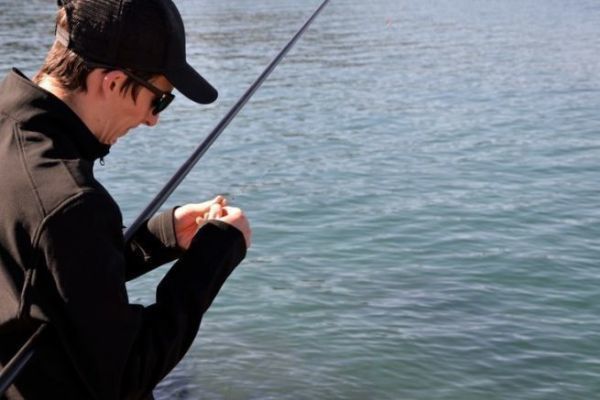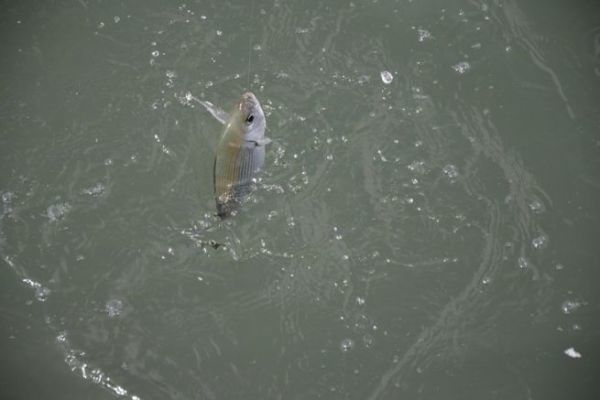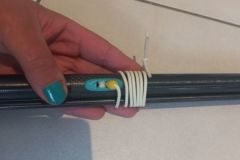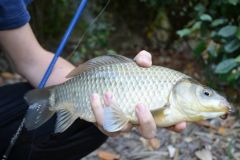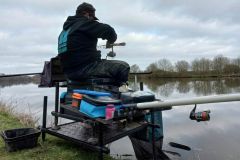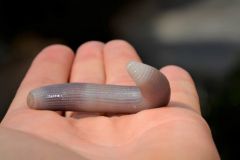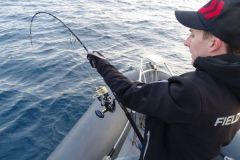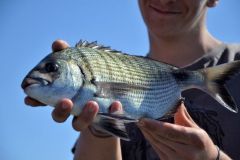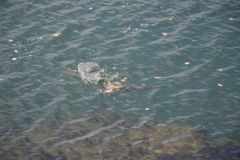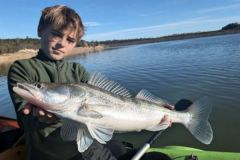Presentation of sea fishing
Fishing with a jig in the sea requires adapting the technique to the conditions encountered at the water's edge. The fish are often very wary and the clear water requires fine fishing at a good distance. However, you must be well equipped, because the fish are much more powerful than in fresh water and some have very sharp teeth. Wind, current and waves are also variables that must be taken into account before settling on a spot.
This technique can be practiced throughout the year, although winter is the most complicated season with low water temperatures and the absence of certain species that go offshore to reproduce. On a dyke, a rocky coast or a concrete pier, fishing with a rod will allow you to spend a beautiful day at the water's edge.
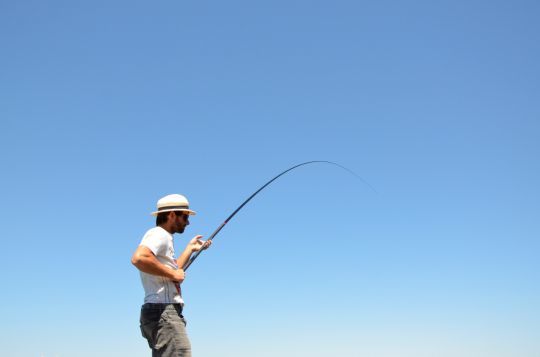
Targeted fish
In the sea, there is a wide variety of different species that can be caught when fishing with a jig. Surface fish, such as mullet, oblade or saupe are very easy to catch. The big ones, however, are great fighters and do not forgive any mistake on your part during the fight.
With a bottom bait, you can totally change the species you target. Bream, bream, wrasse and rock fish are generally more likely to feed near the bottom. These species all have particularly well-developed dentition to break, crush and section anything they find. Mounts must be done properly, with solid material.
For the fast fishermen, it will be possible to catch a very large quantity of small mullet, castagnole and other bogues by fishing in the same way as in fresh water for bleak.
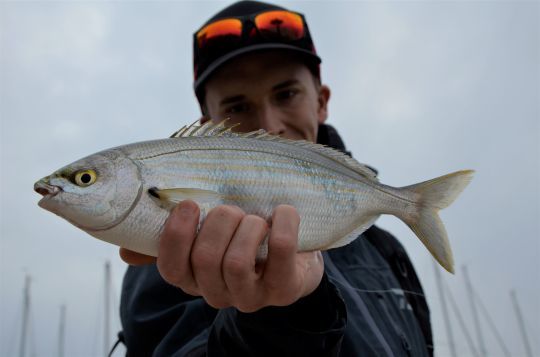
An unsuspected potential
Although it is practiced recreationally by a large number of fishermen, true sea angling is not a technique that is often seen at the water's edge. Baiting is almost non-existent and of poor quality. The majority of fishermen simply throw a few pieces of bread in the water hoping to attract fish to the area.
As spring approaches, the amount of fish on the edge is phenomenal and a consistent baiting pattern can fix many fish in the area. Smaller fish usually come first, creating activity and in turn attracting larger fish. Both small and large saltwater fish are not wary of bottom baiting, as they are not used to being fished this way. When fishing with adapted equipment, the fights are very pleasant and this technique is just waiting to be practiced.

 /
/ 